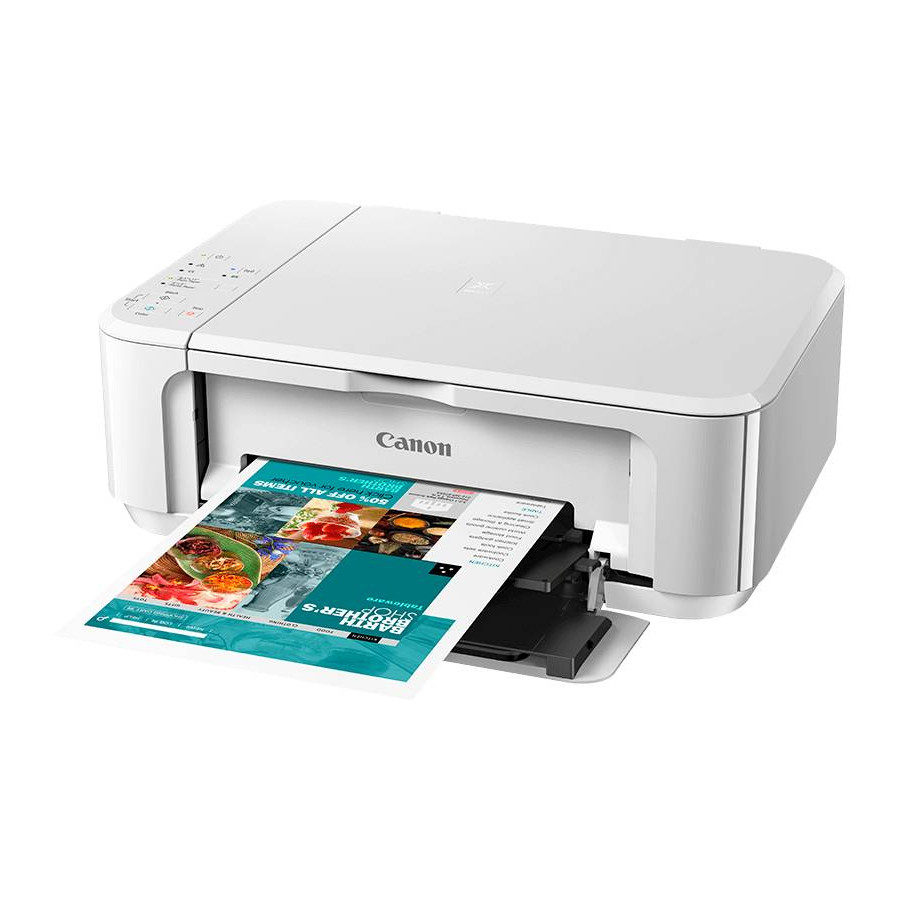

Outside of the frames, I didn't find much appeal in most of these features. The apps feature a slew of options and customizability including: frames you can add to your photos, filters, basic color and exposure adjustments, cropping, and "stickers" you can add on top of photos. One nice touch on the Fujifilm is that it will display the number of prints left The differences here are minimal and in the end each app worked just fine. That being said, I actually found that the interface of the Fujifilm app was the best when it came to usability. The Fujifilm app is ugly with colored tiles that feel like they were picked with very little design intent. Of the three apps the design on the Canon app is definitely the most attractive though the Polaroid app is in a close second with just little bit less attention paid to how things flow.

Ultimately, these three printers work in very similar ways. The Canon also features a small loop for a strap. The corners on the Polaroid and Canon are very round while they are a little more angular on the Fujifilm but still not sharp in any sort of way. The Polaroid and Canon are available in a couple of colors (mostly pastels,) while the Fujifilm is available in silver or gold. I love it, but that's just me).ĭesign wise, the Polaroid and Canon basically just look like cute little hard drives and the Fujifilm has kind of an odd sleek sci-fi aesthetic to it. (Note: Fujifilm also offers a square format printer that we assume works identically) ZINK paper prints as a 2" x 3" image with no border (by default, more on that later) on a sticky backed paper (read: sticker) while the Fujifilm instant film prints a 1.8" x 2.4" image with the instant film border that we all know and love (or maybe just know. Meanwhile, the Fujifilm uses the same instant film as the Fujifilm Instax Mini line of cameras. This process works through cyan, yellow and magenta layers within the paper that respond to heat provided by the printer, making your photo possible. The Polaroid and Canon both use ZINK paper (meaning, Zero Ink). The other major difference comes down to the printing format. To get an idea of their size, here's all three printers next to a standard pack of playing cards. While the size is definitely noticeable, the weight difference is pretty negligible given that none of these printers are heavy by any stretch of the word. While the Canon and Polaroid are pretty comparable to a portable hard drive, the Fujifilm feels closer to single-serving cereal boxes in size. The Fujifilm is a bit thicker and heavier than the other two. With that out of the way, lets start with the obvious. Spec-wise, the Canon and Polaroid are virtually the same (this will come up again). Rechargeable 500mAh Lithium Polymer battery Our selections were the Polaroid ZIP, Canon Ivy and Fujifilm Instax Share SP2, though it should be noted that many other brands have comparable offerings including HP and Kodak. So, we took three of the most popular models and played around with them to see which one we like best. Our selections were the Polaroid ZIP, Canon Ivy and Fujifilm Instax Share SP2įor a lot of photographers, these printers will feel a little gimmicky, but that doesn't mean they aren't useful and fun. These pocket printers all work in basically the same way: They're powered by rechargeable batteries, and once you connect your smartphone or camera via Wi-Fi/Bluetooth you pick your image, make an edit via the app (if you want to) and then click print. Enter pocket printers, a recent addition to the accessories market that offer portable, fast and simple photo printing. With the resurgence of the instant camera, photographers and non-photographers alike have found a new love for printed photos.
Photobee portable photo printer reviews zip#
From left to right: Fujifilm Instax Share SP-2, Canon Ivy, Polaroid ZIP


 0 kommentar(er)
0 kommentar(er)
